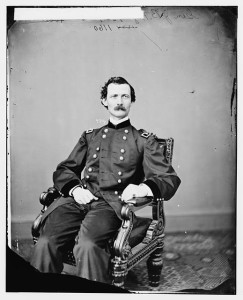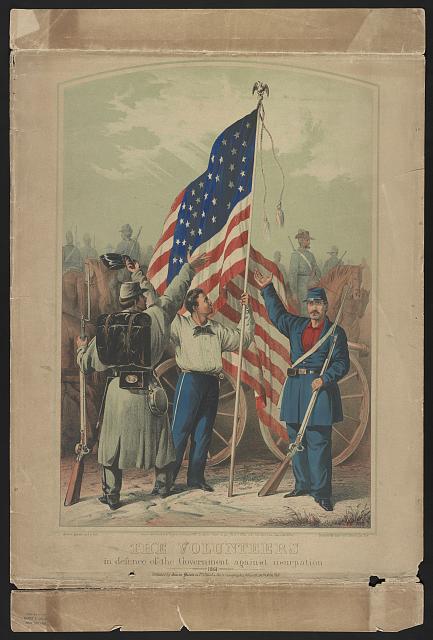From a Seneca County, New York newspaper in 1864:
The Draft Postponed.
The action of Congress continuing the government bounties until the 1st of April, is received by the Secretary of War as an intimation from that body not to begin the draft until that date. The following is the official announcement of its postponement:
WASHINGTON, March 4, 1864.
To Major F. Townsend:
Orders requiring the Draft on the tenth instant are suspended. A subsequent day for commencing the Draft will be announced in time to make all the necessary preparations. Notify the Governor,
(Signed) J.B. Fry.
Official: J.F. Chub, Lt. and Act’g Insp.
This would seem to be more evidence to support one of James M. McPherson’s points about the dual nature of Union recruitment:
What kind of conscription was this, in which only 7 percent of the men whose names were drawn actually served? The answer: it was not conscription at all, but a clumsy carrot and stick device to stimulate volunteering. The stick was the threat of being drafted and the carrot was a bounty for volunteering. In the end this method worked, for while only 46,000 drafted men served and another 74,000 provided substitutes, some 800,000 men enlisted or re-enlisted voluntarily during the two years after passage of the [1863] conscription act. While the social and economic cost of this process was high, Americans seemed willing to pay the price because compulsory service was contrary to the country’s values and traditions. …[1]
- [1]McPherson, James M. The Battle Cry of Freedom: The Civil War Era. New York: Ballantine Books, 1989. Print. page 605.↩


